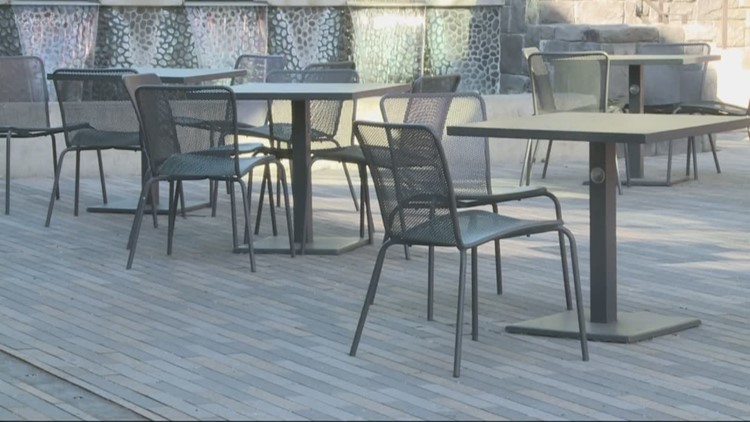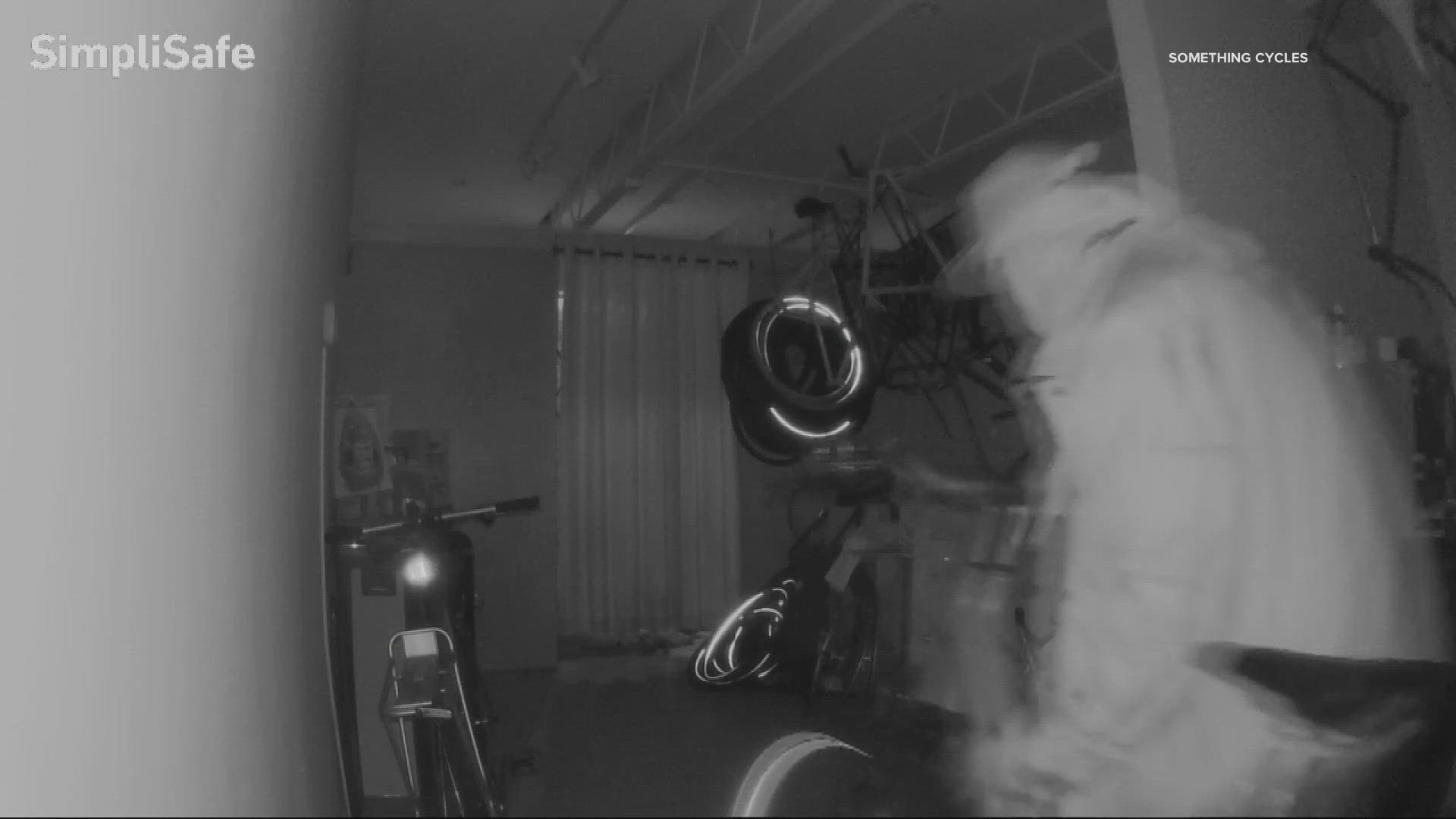PORTLAND, Ore. — Oregon restaurants may be asked to consider keeping the names, contact information and dates of visits for patrons as part of the state’s effort to reopen parts of the economy during the coronavirus pandemic, according to a draft version of the plan obtained by The Oregonian/OregonLive.
That guidance might apply not only to restaurants but also other business sectors, such as retail and salons, according to the records.
The draft documents offer a first glimpse into the details of Gov. Kate Brown’s efforts to eventually reopen some Oregon businesses largely shuttered since her stay-home order in March. State officials have said Oregon can’t remain closed forever but want to ensure the virus doesn’t surge as businesses are allowed to restore hours and services.
The guidance around keeping logs of patrons is a new provision added to the draft documents and shared with key business officials Wednesday. Leah Horner, an aide to Brown, told email recipients on the restaurant sector subcommittee that such information could be useful for contact tracing.
“Please let me know if you have comments on if or how that could work,” she wrote.
Brown last week rolled out details of her “Reopening Oregon” framework, which will eventually include specific plans for testing and contact tracing, among other things. Brown also formed subcommittees to focus on details for reopening restaurants, retail, personal services, child care, transit and outdoor recreation.
It’s unclear what specific provisions will ultimately make the final cut of the guidance for restaurants and other businesses. Charles Boyle, a spokesman for Brown, emphasized that "these are draft documents only, and are subject to change.”
“These are draft guidance documents that are a product of our sector-specific working group discussions with business owners and other stakeholders,” he said in a statement. “Generally speaking, the goal is to develop guidance for restaurants that will keep employees and patrons safe from COVID-19 as we work to gradually and safely reopen Oregon."
The draft guidance to employers asks them to consider temperature checks, or self-reporting of health conditions, for employees and visitors that look to reopen. It also suggests that businesses seeking to obtain names and contact info from patrons explain why.
“Businesses should inform customers/visitors of the reason the information is being collected and how the information will be used,” the draft guidance says. “Example language: This business is collecting basic information to share with public health in the event a COVID-19 case is identified associated with this business.”
Details from the draft plan for restaurants, bars, breweries and tasting rooms require a minimum of six feet spacing between tables to keep patrons separated, with individual parties limited to 10 people. Dining establishments would be limited to 50% overall occupancy and would need to close by 10 p.m.
The draft guidance also would prohibit self-service operations, including buffets, salad bars, soda machines and growler refilling stations. Counter and bar seating would be prohibited, unless a business finds that such seating decreases worker exposure.
Menus would be single-use and amenities like pool tables or karaoke machines would be off-limits.
Restaurants and bars would be encouraged to ensure only one employee provides service to a patron or party. Visitors and workers would be “strongly encouraged” to wear face coverings.
“Customers do not need to wear face coverings while seated at the table,” the draft guidance says. “If a business sets a policy that all employees and customers are required to wear cloth face coverings, business management should consult with their legal counsel to determine whether or not such a requirement can be enforced and whether or not the business will provide a cloth face covering when a customer does not bring their own.”
Before the pandemic struck, Southeast Portland’s Coquine was in the middle of a dining room expansion into a former yoga studio next door. Chef Katy Millard and partner Ksandek Podbielski had signed a lease on the space two weeks before Gov. Kate Brown’s stay-home order. They got the keys on April 1.
Now, instead of hosting diners eager to visit The Oregonian’s 2016 Restaurant of the Year, that space is being used to organize and sort boxes of produce from local farms that once provided Coquine with its seasonal produce. Along with selling family meal kits to-go, those CSA boxes have helped the restaurant keep on 60% of their staff at 60% of their hours.
For Coquine, a future where diners are kept six feet apart could mean limiting the already intimate dining room to as few as four or five tables.
"My first reaction is that just doesn’t work, that just doesn’t pan out,” Podbielski said. “It definitely completely changes what it means to dine out in the restaurant. In order to survive, does every restaurant have to become either crazy high-end or a crazy counter-service? I don’t know.”
For Naomi Pomeroy, the James Beard Award-winning chef at Beast, enforcing six feet of distance between diners would probably mean limiting her celebrated Northeast Portland restaurant to about 10 customers per seating.
“I don’t know one restaurant that could survive running at 50% capacity,” Pomeroy said.
Pomeroy is dubious that restaurants will be comfortable checking customers’ temperatures or quizzing them on whether or not they’ve been tested. And she worries that restaurant workers are being put back on the front lines of the pandemic without the proper guidelines for reopening.
“The real crux of this is the people in our state government are literally asking our restaurants to get back to being the canaries in the coal mine,” Pomeroy said. “The number one thing that will shut us down forever is if we do have to open and we don’t have the proper measures in place and we have another outbreak and we have to shut all over again.”
-- Brad Schmidt; bschmidt@oregonian.com; 503-294-7628; @_brad_schmidt
-- Michael Russell; mrussell@oregonian.com; @tdmrussell
This article was originally published by The Oregonian/Oregonlive, one of more than a dozen news organizations throughout the state sharing their coverage of the novel coronavirus outbreak to help inform Oregonians about this evolving health issue.



